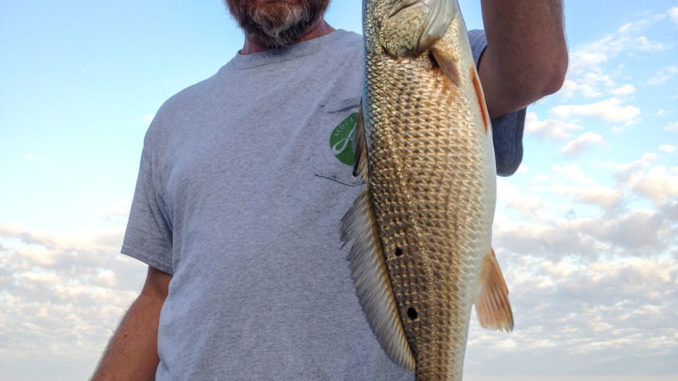
Lipless crankbaits aren’t just bass baits; they’ll foll plenty of redfish in the Carolinas.
Like baseball and apple pie, lipless crankbaits like Rat-L-Traps are part of a fishing tradition spanning decades. Originally pigeon-holed as bass lures, the rattle and vibration that makes them irresistible to largemouths also draws attention from saltwater predators like redfish.
Now the hallmark bait of Bill Lewis’ career as a lure designer, the Rat-L-Trap was one in a box full of prototypes that Lewis was experimenting with in the late 1960s. While other lipless crankbaits were on the market, Lewis’ model was the first to incorporate a concept that took the fishing world to a new level: a rattle chamber filled with BBs.
Other than a color pallet that includes most every hue and pattern an angler could ask for, the Rat-L-Trap has remained relatively unchanged and still enjoys the same success as its humble beginnings. The reasoning is simple; fish can only see, smell and sense vibration within a relatively short distance, but sound travels faster and farther underwater; a redfish wearing nose plugs can find a Rat-L-Trap in chocolate milk.
“I grew up bass fishing,” said guide Mitchell Blake of Chocowinity, N.C. “The Rat-L-Trap was a bait I used primarily for freshwater fishing, and it worked. So I took that to the saltwater world and started out using it for big drum. I saw how well it worked and the areas it worked in. The following year, I matched a smaller size Rat-L-Trap to the smaller-class drum, and it was phenomenal.
“There are different ways you can fish it, and it works different ways,” said Blake (252-495-1803). “If fish are aggressive, I simply throw it in the mouth of a ditch and reel it in. If I’m working a straight, drop-off shoreline, I’ll try to make that bait land within 5 inches of the marsh grass; that’s critical. I’ll let it free-fall and reel it in. If the fish are being lazy, I may yo-yo it, rip it off the bottom and let it fall. That creates a reaction from the fish; it’s almost like teasing them. I’ll do that if the water’s stained, also. You’re not covering as much ground, but you’re giving the fish more time to key in on it.”
Blake, who runs Fish IBX Charters, has three prime areas where he puts a Rat-L-Trap to work, the first of which he calls “mosquito ditches.” On the western Pamlico Sound where Blake operates and in many areas across the Carolinas, the marsh is crisscrossed by drainage ditches cut to alleviate flooded soil and provide mosquito management. When these canals fill with water due to a wind-driven or lunar tide, the forage fish on which the reds are keying scamper inside, seeking refuge where they can’t be reached. When the canals start to drain due to a falling tide or shift in wind direction, its contents are poured into the mouths of waiting redfish, who have assembled there for the occasion.
The second pattern is a favorite of one of Blake’s other Fish IBX guides, Jeff Koen of Winterville, N.C.
“I like high water, so I can fish the edges of the marsh,” Koen said. “These areas are straight drop-offs from the shore into 2 to 3 feet of water, rather than a long, gradual drop. The reds like to sit here because the baitfish will be coming down these edges, and they don’t have to work so hard to get food; it serves as a backdrop. I like to position my boat so I can throw parallel across the edge, so the bait stays in the strike zone longer. If the water isn’t high enough, the fish will still be in the area, but they’ll be on the next shelf from the bank in the deeper water near the creek channel.”
In this instance, Koen allows the bait to drop from the shelf to reach reds in the 4- to 5-foot level.
Blake and Koen also rely on Rat-L-Traps when fishing points. Be it a major point or secondary point inside a creek, they look for pooling water being sucked around the jut of land or grass and fire away. Here, bait either gathers to rest in the eddy or is swept around the point in the current and disorientated. The Rat-L-Trap’s tight wiggle resembles a panicked baitfish that knows it’s in the wrong place at the wrong time.
Koen enjoys throwing his Traps around various forms of cover. Boat docks and long laydowns are prime areas for reds to check out as they cruise a shoreline, and they will set up in these areas to ambush prey, much like a largemouth bass. Stump fields are also havens for redfish. In any case, care must be taken to get close to the cover without hanging up, but the idea is for reds to be drawn from the cover by the sound of the passing bait.
As for color options, the sky’s the limit. While there’s nothing wrong with trying something new, it’s hard to beat the classics, according to Blake.
“I always have a gold tied on,” said Blake, “and the blue back with the silver sides — I’ve always got those in my box. The brand makes saltwater colors with stronger hooks, but I don’t distinguish between the two. I’ll take a ½-ounce lure right out of the box and fish it. It doesn’t straighten the hooks with slot fish, and it’s got a split ring so you don’t have to worry about tying a loop knot to get the best action.
“My customers have been blown away. You tie on a Rat-L-Trap and tell them that we’re going to smack these red drum and they’re like, ‘No, we need a soft plastic or a Gulp!’ Then, they’re snowballed. It’s faster-paced fishing. You can really cover some ground.”

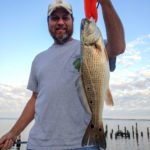

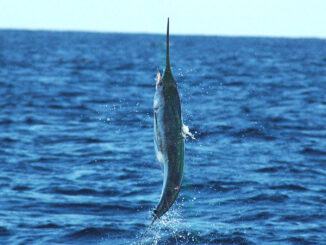
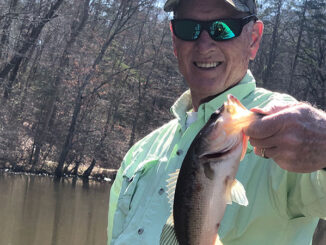
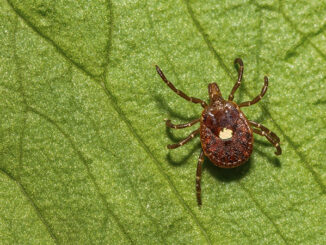

Be the first to comment